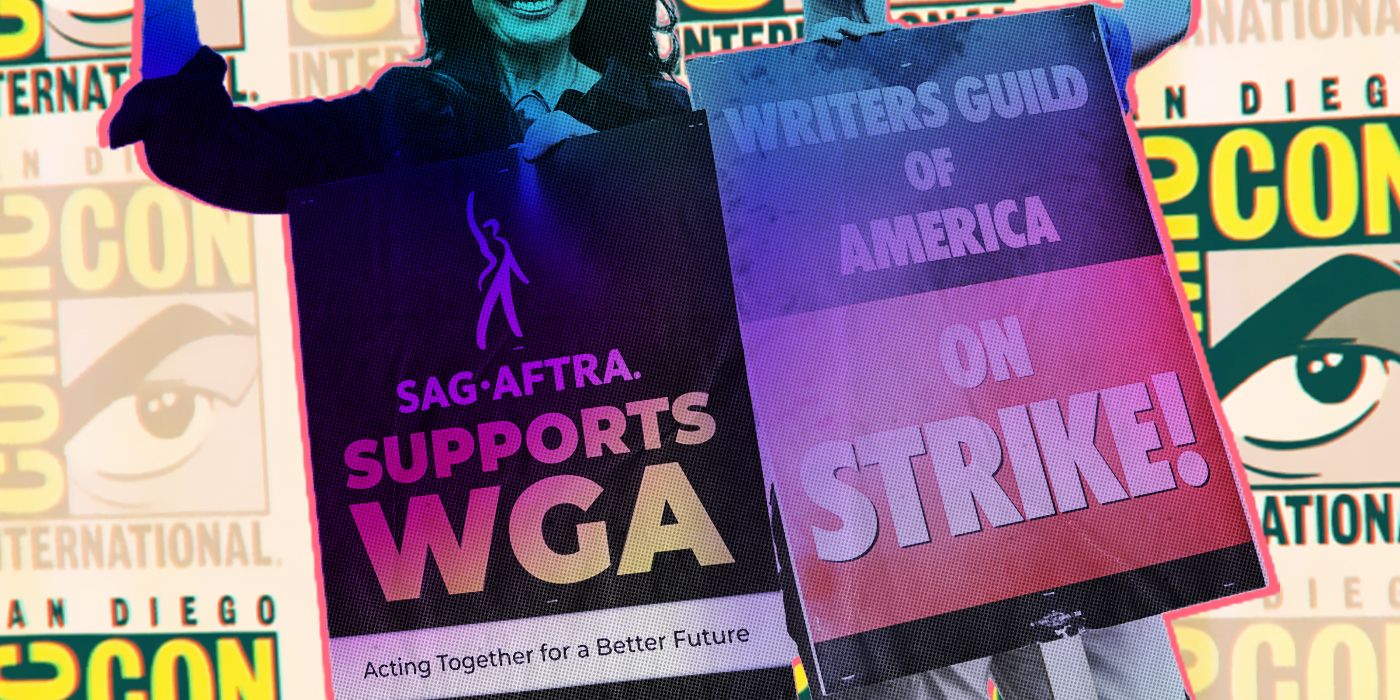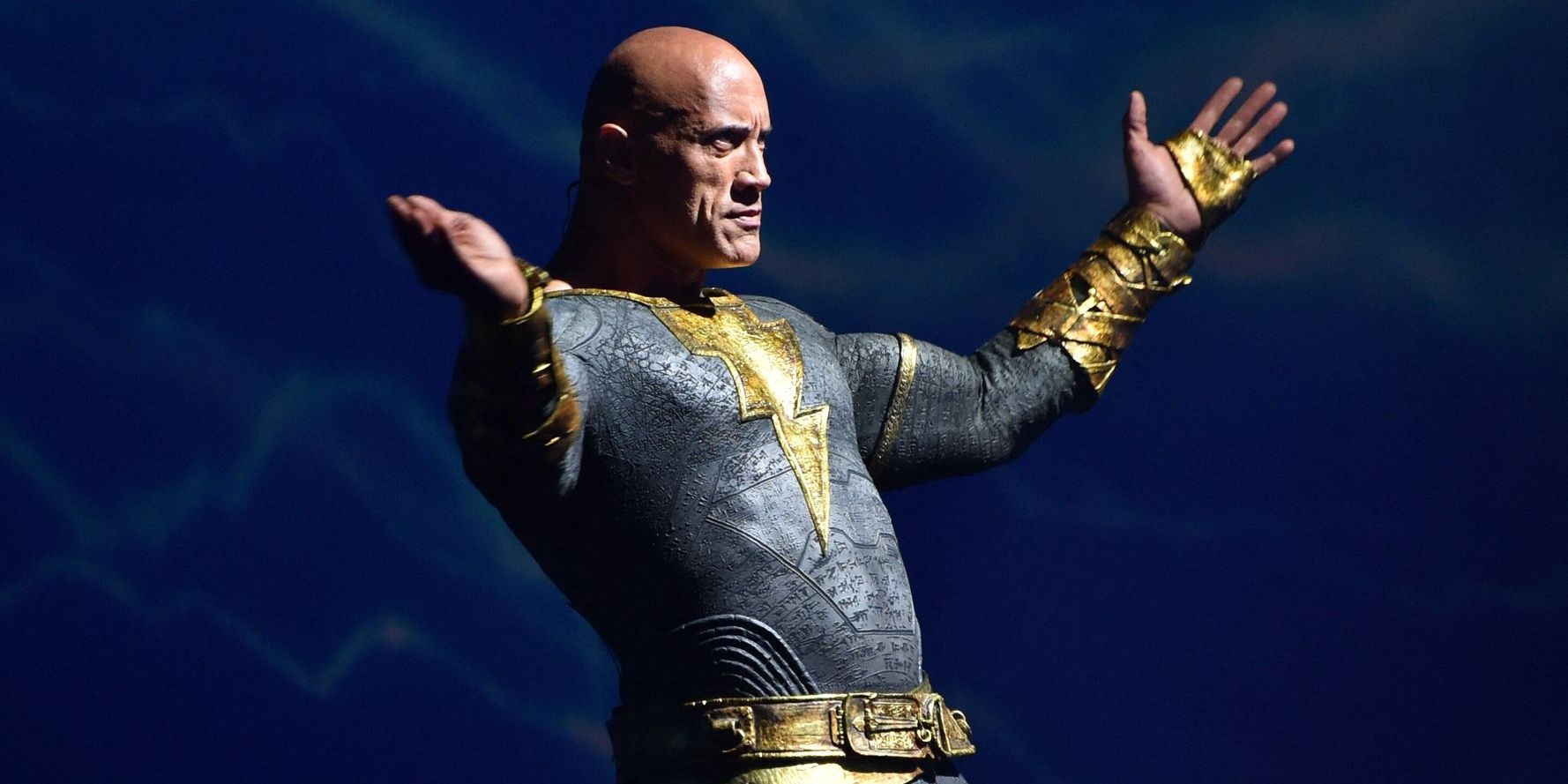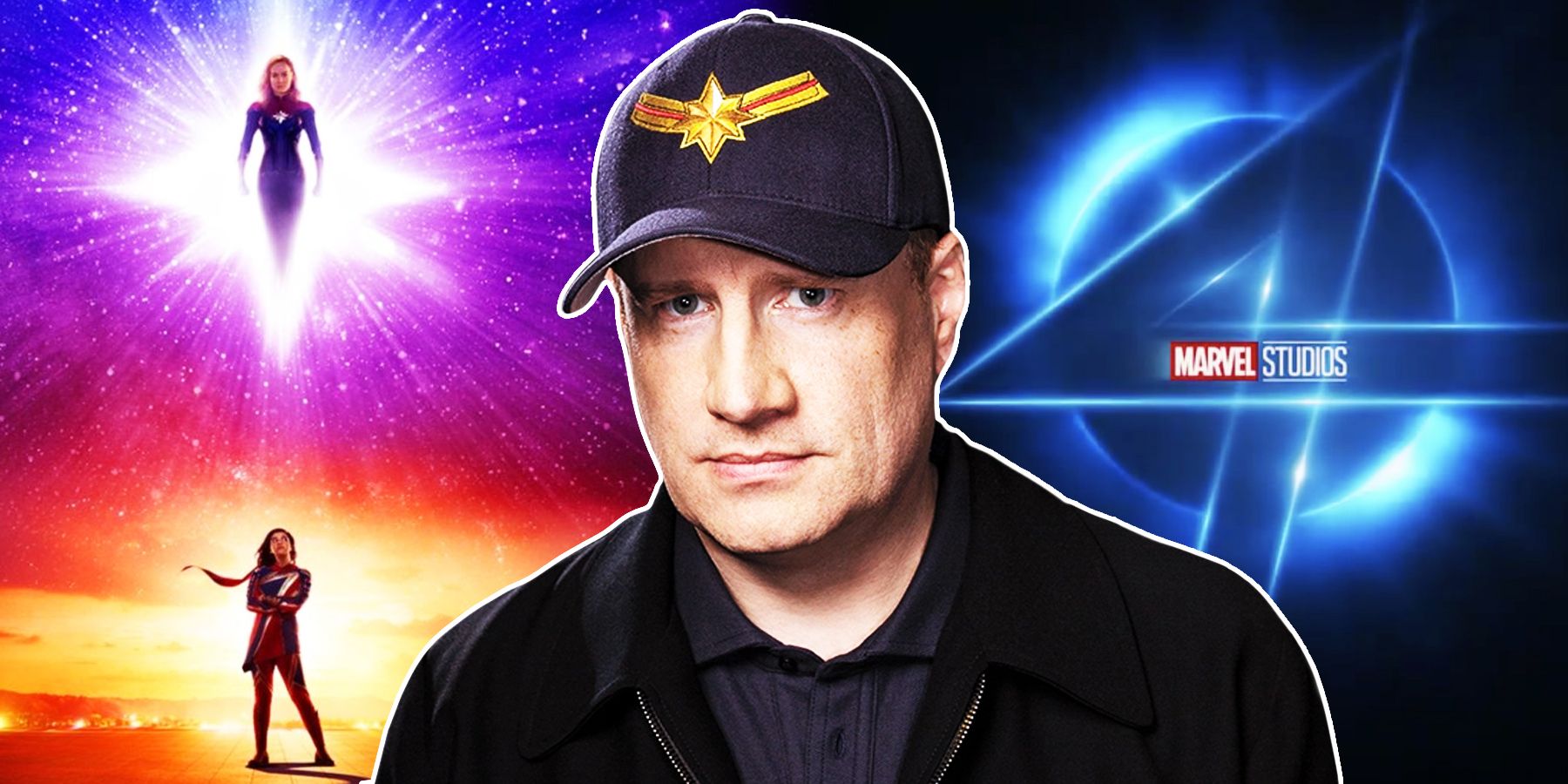This piece was written during the 2023 WGA and SAG-AFTRA strikes. Without the labor of the writers and actors currently on strike, the [series/movie/etc] being covered here wouldn’t exist.
For the first time in decades, both the Writers Guild of America and the Screen Actors Guild-American Federation of Television and Radio Artists unions are both on strike. The SAG-AFTRA strike comes at a terrible time for San Diego Comic-Con and other fan conventions. Since marketing and promotion are part of an actor’s job, this means they can’t attend most convention appearances.
Actors are people who play pretend for a living, which is a cool part of their job. In fact, that’s the fun part. It’s the stuff they have to do before and after filming, which probably feels most like work. When the WGA called their strike, over two months before SAG-AFTRA’s, late-night talk shows shut down production. While this means Americans who watch broadcast TV have to get their “Did you hear about…?” topic jokes elsewhere, it also means that movie and television studios lost a way to promote their projects to millions of people each night. Still, there are podcasts, YouTube and other outlets actors could use to promote their upcoming projects. Except during a strike, that sort of promotion is also prohibited. Case in point: During the UK premiere of Christopher Nolan’s blockbuster Oppenheimer the cast walked out of the screening when the strike was called. So, while neither union is calling for active boycotts of streaming services, TV series or film actors are now prohibited from promoting those projects. This includes conventions, but not all appearances.
What Actors Can Do at Conventions During the SAG-AFTRA Strike
Like the WGA, SAG-AFTRA was forced to strike after the AMPTP stopped negotiating with them in good faith. The unions see this as an existential battle for their profession’s continued existence. The job of an actor doesn’t begin and end on the set, but their paychecks do. Only about 13 percent of SAG-AFTRA’s members earn enough each year, $26,000, to qualify for healthcare. Primarily, those members are who the unions are concerned about. For example, background actors can earn a living just by being “an extra.” The AMPTP is trying to eliminate this by choosing to pay an actor once to digitally scan their face and body, putting that digital ghost into the backgrounds of movies or shows in perpetuity. Actors who earn $26,000 per year (and sometimes a lot more) aren’t on easy street. For example, when actors have to relocate to Vancouver or Atlanta to film a series, they are paid a one-time relocation fee for the life of the series. Not only that, it’s often not enough to actually live. They also aren’t paid extra to promote their projects; that’s also part of their fees. With the strike on, that promotion has to stop: meaning no interviews, no red carpets, and unfortunately for fans, no studio-supported convention appearances.
Several big studios already planned to skip SDCC in 2023. This was likely in anticipation of the strike but could also be a cost-cutting measure. Studios like Warner Bros. and Disney have not enjoyed the kind of box office profits they hoped for this summer. Films like The Flash and Indiana Jones and the Dial of Destiny aren’t earning respectable post-pandemic grosses. The problem is the budgets for those movies are so high that profitability eludes them. So, studios like Warner Bros. Discovery may be saving whatever few dollars they can while still keeping hard-earned money from the writers and stars who deserve it. While most of the big studios skipped San Diego Comic-Con, there will be a few big franchises there.
Star Trek: Strange New Worlds had SDCC plans, apparently. The series is currently in the middle of its second season. However, the SAG-AFTRA strike rules prevent them from engaging in promotion that is part of their contract with Paramount. During the press conference announcing the strike, SAG-AFTRA negotiator Duncan Crabtree-Ireland revealed that promotional panels at conventions are struck work. This could include conventions beyond just SDCC. Any convention where an actor’s appearance is part of their contract with a studio is prohibited. Studio-specific cons are also off-limits. The D23 Expo is an all-encompassing vacation experience at Disney World instead of what it normally looks like. The only people who can attend are executives, producers (who aren’t writers) and directors. People like Tony Gilroy or Diego Luna can’t promote Andor Season 2. But the fans’ favorite part of conventions may not be affected. In fact, they may be more important to the actors than ever before.
Individual Autograph and Photograph Appearances Are Okay Under SAG-AFTRA Rules
While panels are fun, everyone’s favorite fan convention experience is interacting with their favorite actors in person. Fans can take photos with their favorite stars or have them sign memorabilia. These personal moments can be far more meaningful for fans than being in Hall H when the cast of Avengers: Secret War is announced. SAG-AFTRA still allows actors to appear at these conventions because they are not there to promote a specific series or show. In fact, according to the Notice to Members from the union, obtained via Deadline, only convention panels or appearances that are part of an active TV or Film contract are struck work. This means, in theory, a Star Trek: Voyager reunion panel would be in the clear. However, optics also play a role. Even the appearance of “doing scab work” could undermine the solidarity of the striking workers.
Whether an actor feels comfortable attending conventions is a matter of personal choice. For example, Voyager star Kate Mulgrew has pulled out of appearances at the huge Star Trek Las Vegas convention as well as GalaxyCon in Raleigh, North Carolina. Unless these convention appearances were part of Mulgrew’s contract for Star Trek: Prodigy, they would be allowed under SAG-AFTRA rules. Meanwhile, Captain Liam Shaw from Star Trek: Picard, Todd Stashwick, will be appearing at FedCon 32, a fan convention taking place in Germany. Since Picard is finished, Stashwich is no longer under contract with Paramount for the show. In fact, visiting a convention to get an autograph or photo could help actors struggling during the strike.
Since fans pay a fee for these autographs and photos, it is a way actors can earn some money while the strike is on. The existing residual structure for actors and writers is still in place. So, if a show airs on TV or appears on streaming, the actors and writers still get something. Though, residuals from streaming services are far less than regular TV, which is another key issue the studios refuse to negotiate with the unions about. The people who make the movie and television series audiences enjoy want to get back to doing the work. Both in front of the camera and on convention stages, promoting their shows or films. It’s the AMPTP’s refusal to negotiate these issues in good faith that has brought everything to a halt. In the meantime, while SDCC may be a little less crowded this year, fans can still meet their favorite stars at conventions if they choose to attend.



